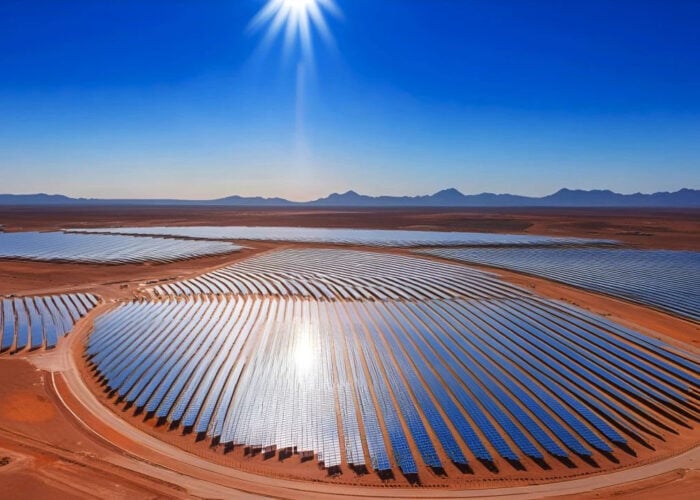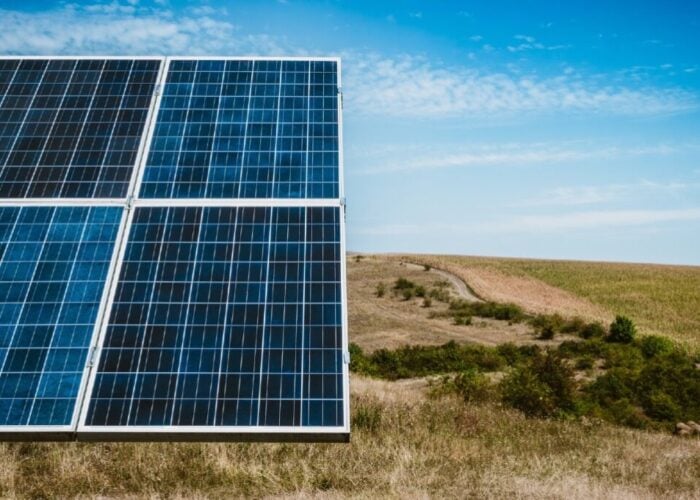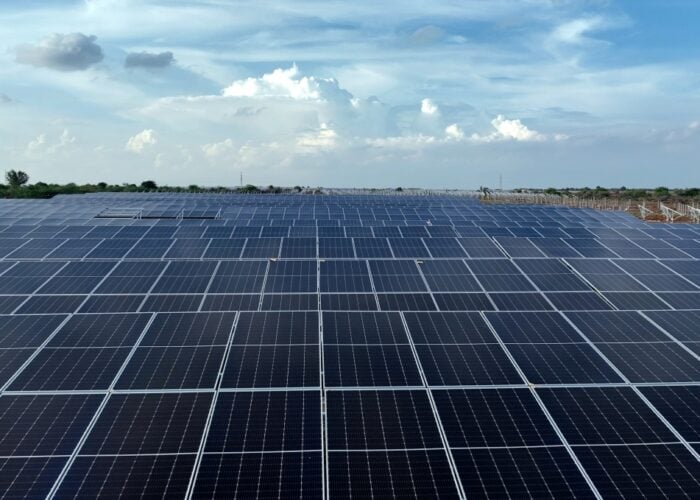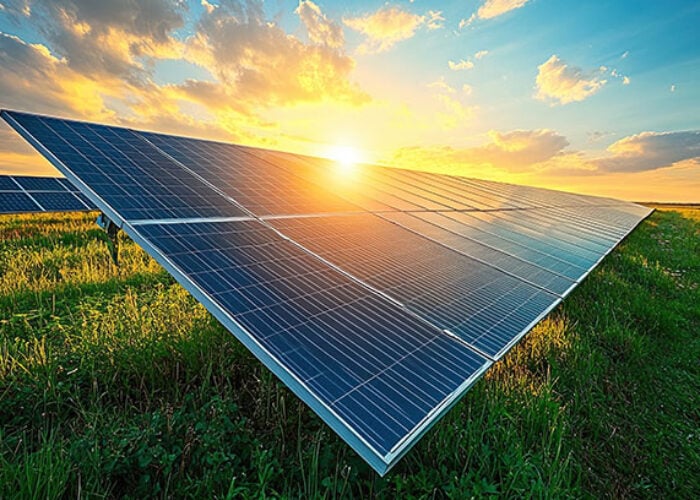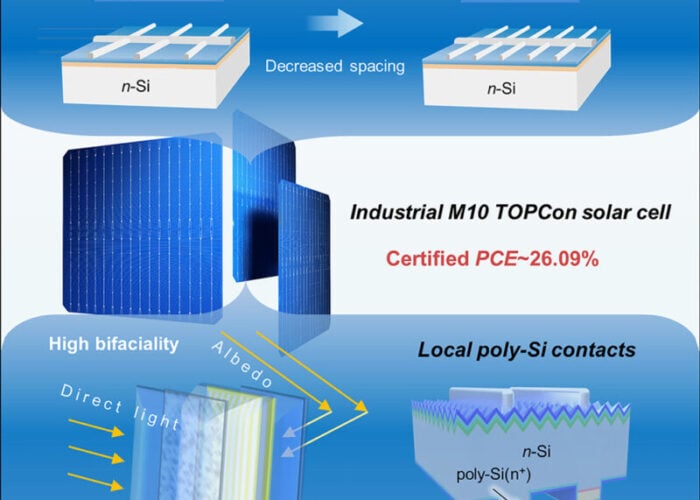A property tax exemption for solar power systems in California has been extended to 2025, following the passing of a bill as part of the annual state budget.
Senate Bill 871 (SB871) was approved during the signing of the budget by governor Jerry Brown, which took place last week. The wording of SB871 extends the period during which property taxes will not be applied to “active solar energy systems”, which includes PV and solar water heaters.
Try Premium for just $1
- Full premium access for the first month at only $1
- Converts to an annual rate after 30 days unless cancelled
- Cancel anytime during the trial period
Premium Benefits
- Expert industry analysis and interviews
- Digital access to PV Tech Power journal
- Exclusive event discounts
Or get the full Premium subscription right away
Or continue reading this article for free
This exclusion period was originally set to run until the end of 2016 – it will now last until 1 January 2025. The issue of whether or not property taxes could be applied on solar power systems, according to the perceived value added to the property they are installed at, has recently also surfaced in the US state of Arizona. At the beginning of May, it was revealed that a reinterpretation of Arizona’s property laws could mean that systems leased from a third-party owner would be eligible for property taxes.
Matt Feinstein of analysis firm Lux Research told PV Tech at the time the Arizona reports appeared that the solar industry could be vulnerable to such alterations or reinterpretations to property tax law, as they might be easier for lawmakers to enact than fresh laws that singled out solar power systems for levying taxes on.
Feinstein said it was likely the changes proposed in Arizona were another symptom of the “state by state” fight between the solar industry and the incumbent monopoly over the electricity market held by utilities in the US.
Reacting to the news from California, the Solar Energy Industries Association (SEIA) head Rhone Resch commended Governor Brown’s actions. He praised the governor “and his lawmakers” for their foresight and for their “commitment to a clean environment”.
“The extension of the exclusion does not take funds away from any jurisdictions where taxes are currently being collected, nor does it have an impact on the General Fund. But the exclusion will reduce wholesale solar electricity costs for utility customers, and it reduces barriers to accessing solar for customer-sited projects. Simply put, many homeowners would not choose to install solar if faced with a property tax reassessment,” Resch said.
Governor Brown is widely acknowleged to have made numerous efforts to promote solar power in his years in US politics. Another recent piece of legislation, the proposed Assembly Bill 2188 (AB2188), would cut so-called 'soft costs' for solar by streamlining the permitting process required to gain approval for a residential solar power system in California. Walker Wright, director of public policy at SunRun said earlier this month that AB2188 could help end the “bureaucratic nightmare” that the approval process could often become.

